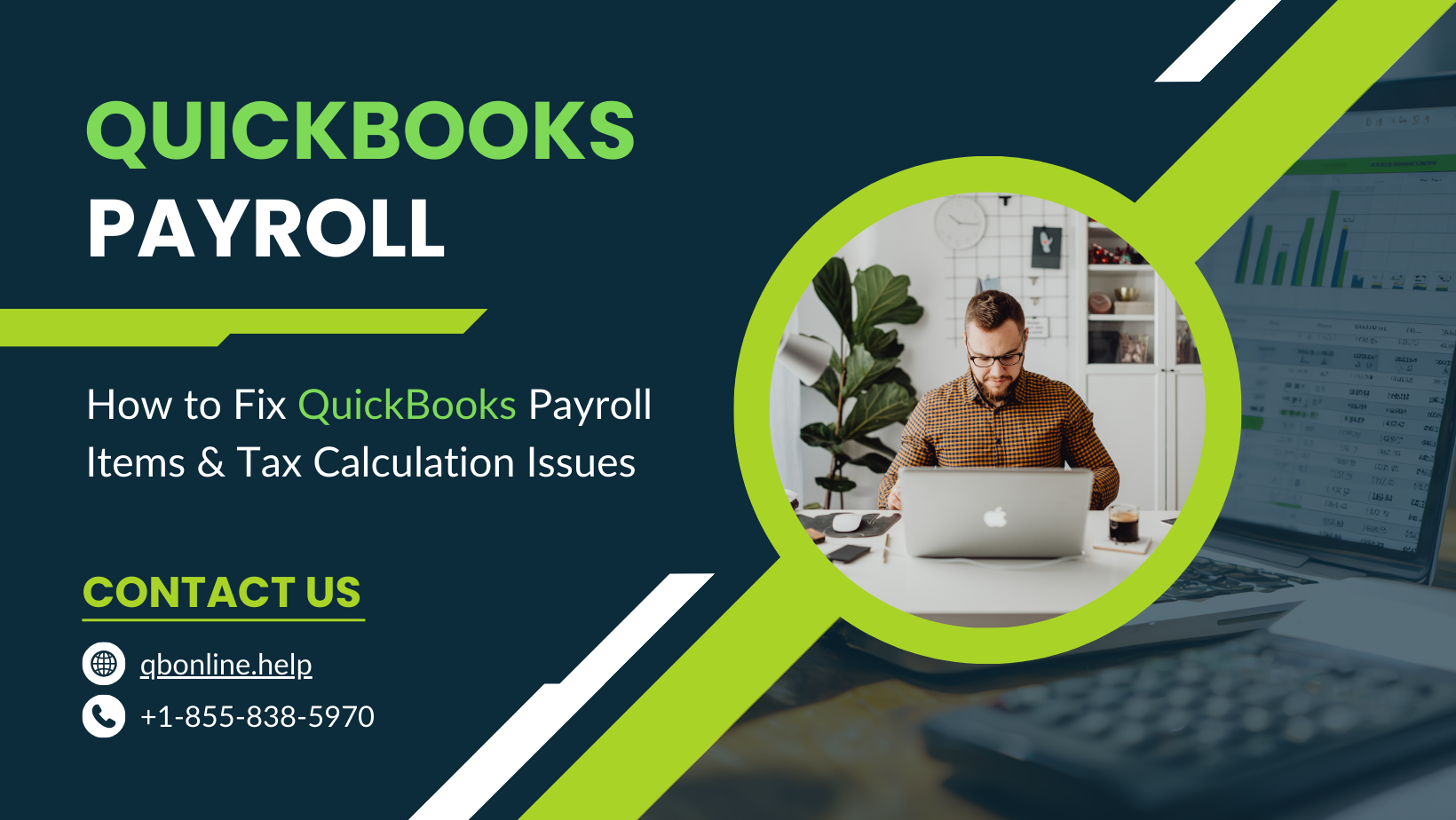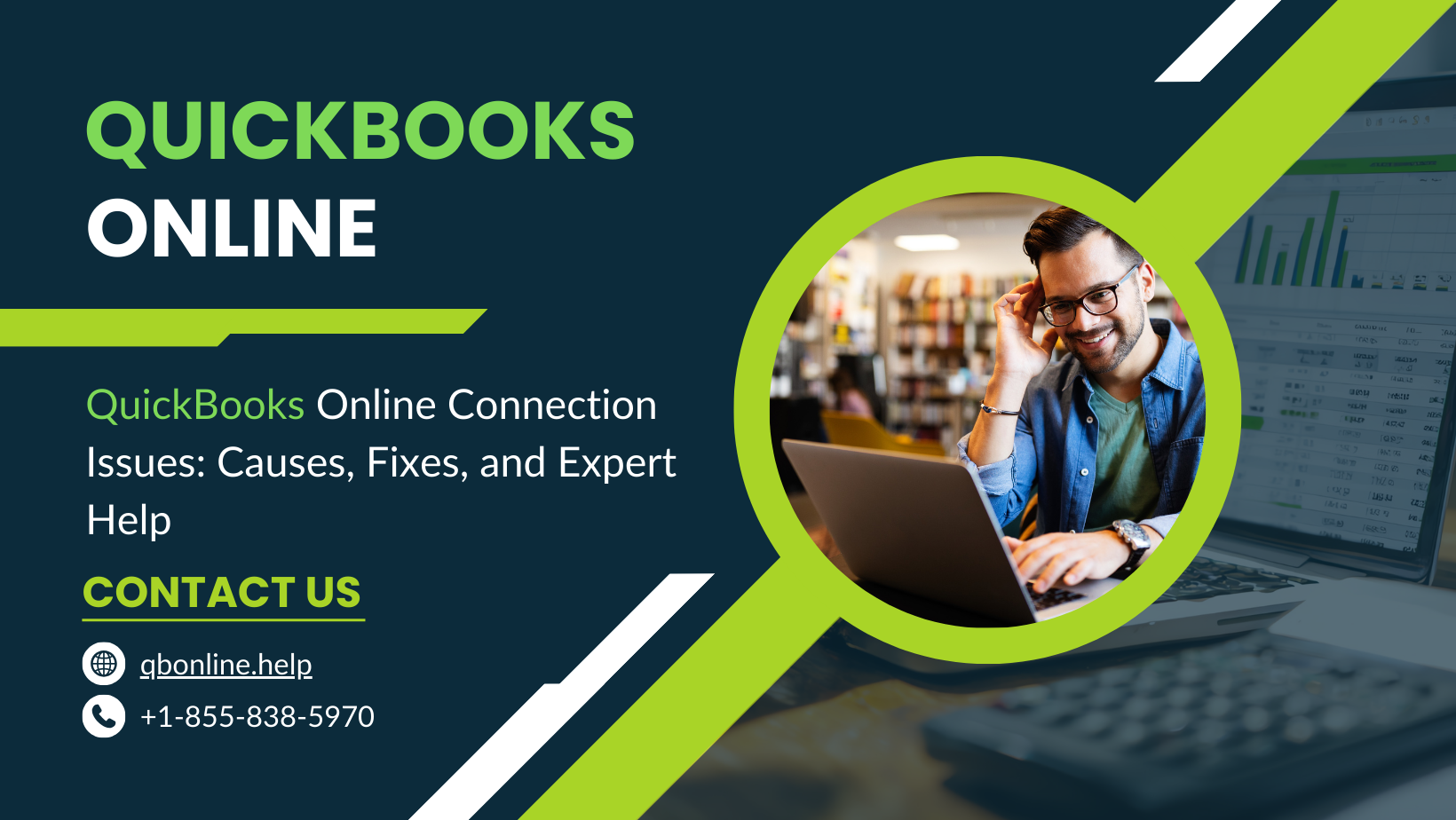Managing expenses effectively is crucial for maintaining healthy financials for any business. QuickBooks Online offers a comprehensive suite of tools to help you track and manage your expenses efficiently. This guide will walk you through the process of setting up your expense settings in QuickBooks Online, ensuring that you can keep a close eye on your spending and make informed financial decisions.
Getting Started with QuickBooks Online
Before diving into the expense settings, make sure you have access to QuickBooks Online. If you haven’t already signed up, visit the QuickBooks Online website to choose a plan that suits your business needs and follow the prompts to create your account.
Once you’re logged in, you’ll be greeted by the QuickBooks Online dashboard. This is your central hub for managing all aspects of your business’s finances.
Navigating to Expense Settings
To access the expense settings in QuickBooks Online, follow these steps:
- Log in to QuickBooks Online: Use your credentials to log in to your QuickBooks Online account.
- Go to the Gear Icon: In the upper right corner of the dashboard, click on the Gear icon. This will open a drop-down menu.
- Select Account and Settings: From the drop-down menu, choose “Account and Settings.” This will take you to the settings page where you can configure various aspects of your QuickBooks Online account.
- Navigate to the Expenses Tab: In the left-hand menu, you’ll see several tabs. Click on the “Expenses” tab to access the expense settings.
Must Read:- How to Enter Expenses in QuickBooks Online without a Connected Bank?
Configuring Expense Settings
Once you’re in the Expenses tab, you’ll find several sections where you can customize how expenses are managed in QuickBooks Online. Let’s go through each section in detail:
1. Bills and Expenses
This section allows you to configure settings related to how you manage bills and expenses in QuickBooks Online.
a. Show Items Table on Expense and Purchase Forms
- What it Does: When enabled, this setting will add an items table to your expense and purchase forms, allowing you to track detailed information about each item.
- How to Enable: Check the box next to “Show items table on expense and purchase forms.”
b. Track Expenses and Items by Customer
- What it Does: This setting allows you to assign expenses and items to specific customers, which is useful for tracking billable expenses.
- How to Enable: Check the box next to “Track expenses and items by customer.”
c. Make Expenses and Items Billable
- What it Does: Enabling this setting allows you to mark expenses and items as billable to customers.
- How to Enable: Check the box next to “Make expenses and items billable.”
d. Default Bill Payment Terms
- What it Does: This setting allows you to specify default payment terms for bills.
- How to Set: Click on the dropdown menu and select the default payment terms that best suit your business (e.g., Net 30, Due on receipt).
2. Purchase Orders
This section lets you configure settings related to purchase orders.
a. Use Purchase Orders
- What it Does: This setting allows you to create and manage purchase orders in QuickBooks Online.
- How to Enable: Check the box next to “Use purchase orders.”
b. Custom Fields
- What it Does: You can add custom fields to your purchase orders for additional information.
- How to Set Up: Click on the “Add custom field” button and enter the name of the custom field you want to add.
c. Default Message on Purchase Orders
- What it Does: This setting allows you to specify a default message that will appear on all purchase orders.
- How to Set: Enter the default message in the provided text box.
3. Messages
This section allows you to customize the default messages that appear on your expense-related transactions.
a. Default Email Message for Bill Payments
- What it Does: This setting lets you specify the default message that will be included in emails sent with bill payments.
- How to Set: Enter the desired message in the text box. You can use placeholders (e.g., [Invoice No.], [Customer Name]) to personalize the message.
b. Default Email Message for Purchase Orders
- What it Does: This setting lets you specify the default message that will be included in emails sent with purchase orders.
- How to Set: Enter the desired message in the text box.
4. Online Bill Payments
This section allows you to set up and manage online bill payments.
a. Turn on Online Bill Payments
- What it Does: Enabling this setting allows you to pay bills online directly from QuickBooks Online.
- How to Enable: Check the box next to “Turn on online bill payments.”
b. Connect Your Bank Account
- What it Does: This setting allows you to connect your bank account to QuickBooks Online for online bill payments.
- How to Set Up: Follow the prompts to connect your bank account.
5. Automation
This section lets you automate various aspects of your expense management.
a. Automatically Apply Credits
- What it Does: This setting allows QuickBooks Online to automatically apply credits to your open bills.
- How to Enable: Check the box next to “Automatically apply credits.”
b. Automatically Apply Bill Payments
- What it Does: This setting allows QuickBooks Online to automatically apply bill payments to open bills.
- How to Enable: Check the box next to “Automatically apply bill payments.”
c. Automatically Categorize Expenses
- What it Does: This setting allows QuickBooks Online to automatically categorize expenses based on your past transactions.
- How to Enable: Check the box next to “Automatically categorize expenses.”
6. Purchase Orders and Expense Forms Customization
This section allows you to customize the appearance of your purchase orders and expense forms.
a. Customize Appearance
- What it Does: This setting lets you customize the appearance of your purchase orders and expense forms, including colors, logos, and font styles.
- How to Set Up: Click on the “Customize” button and follow the prompts to make your desired changes.
7. Expense Tracking
This section allows you to set up and manage expense tracking categories.
a. Categories
- What it Does: This setting allows you to create and manage categories for tracking expenses.
- How to Set Up: Click on the “Categories” button and follow the prompts to add or edit categories.
b. Track Mileage
- What it Does: This setting allows you to track mileage expenses in QuickBooks Online.
- How to Enable: Check the box next to “Track mileage.”
Setting Up Vendors and Expense Accounts
To effectively manage your expenses, you need to set up vendors and expense accounts in QuickBooks Online.
Adding Vendors
- Go to Expenses: From the left-hand menu, click on “Expenses.”
- Select Vendors: Click on “Vendors” to view your list of vendors.
- Add a New Vendor: Click on the “New Vendor” button to add a new vendor.
- Enter Vendor Information: Fill out the vendor’s information, including name, address, and contact details.
- Save the Vendor: Click “Save” to add the vendor to your list.
Creating Expense Accounts
- Go to Chart of Accounts: From the left-hand menu, click on “Accounting,” then select “Chart of Accounts.”
- Add a New Account: Click on the “New” button to add a new account.
- Select Account Type: Choose “Expense” as the account type.
- Enter Account Details: Fill out the account name, description, and other details.
- Save the Account: Click “Save” to add the new expense account.
Recording Expenses
Once you’ve set up your expense settings, vendors, and expense accounts, you can start recording expenses in QuickBooks Online.
Entering Expenses
- Go to Expenses: From the left-hand menu, click on “Expenses.”
- Select New Transaction: Click on the “New transaction” button and choose “Expense.”
- Enter Expense Details: Fill out the details of the expense, including the payee, payment account, and expense category.
- Attach Receipts: If you have a receipt for the expense, you can attach it by clicking on the “Attach” button.
- Save the Expense: Click “Save” to record the expense.
Entering Bills
- Go to Expenses: From the left-hand menu, click on “Expenses.”
- Select New Transaction: Click on the “New transaction” button and choose “Bill.”
- Enter Bill Details: Fill out the details of the bill, including the vendor, bill date, and due date.
- Save the Bill: Click “Save” to record the bill.
Paying Bills
- Go to Expenses: From the left-hand menu, click on “Expenses.”
- Select Pay Bills: Click on “Pay Bills” to view a list of your open bills.
- Select Bills to Pay: Check the boxes next to the bills you want to pay.
- Enter Payment Details: Choose the payment account and enter the payment date.
- Save and Close: Click “Save and close” to record the payment.
Managing Recurring Expenses
QuickBooks Online allows you to set up recurring expenses to save time and ensure that regular expenses are recorded consistently.
Setting Up Recurring Expenses
- Go to Expenses: From the left-hand menu, click on “Expenses.”
- Select Recurring Transactions: Click on “Recurring Transactions” to view your recurring transactions.
- Create New Recurring Expense: Click on the “New” button and choose “Expense” as the transaction type.
- Enter Recurring Expense Details: Fill out the details of the recurring expense, including the payee, payment account, and expense category.
- Set Recurrence Schedule: Choose the recurrence schedule (e.g., daily, weekly, monthly) and enter the start date.
- Save the Recurring Expense: Click “Save” to create the recurring expense.
Using Expense Reports
QuickBooks Online provides various reports to help you analyze and manage your expenses.
Running Expense Reports
- Go to Reports: From the left-hand menu, click on “Reports.”
- Select Expense Reports: Under the “Expenses and vendors” section, you’ll find various expense reports, such as the “Expenses by Vendor Summary” and “Profit and Loss” reports.
- Customize the Report: Click on the report you want to run and use the customization options to filter and sort the data as needed.
- Run the Report: Click “Run report” to generate the report.
Exporting Expense Reports
- Run the Report: Follow the steps above to run the desired expense report.
- Export the Report: Click on the “Export” button at the top of the report and choose the desired format (e.g., Excel, PDF).
- Save the Exported Report: Follow the prompts to save the exported report to your computer.
Troubleshooting Common Issues
Even with careful setup, you might encounter issues while managing expenses in QuickBooks Online. Here are some common problems and their solutions:
Duplicate Expenses
Issue: You notice duplicate expenses in your records.
Solution:
- Identify Duplicates: Run an expense report and look for duplicate entries.
- Delete Duplicates: Go to the Expenses section, find the duplicate entries, and delete them.
Incorrect Expense Categories
Issue: Expenses are categorized incorrectly.
Solution:
- Review Expense Categories: Run an expense report and review the categories.
- Reclassify Expenses: Go to the Expenses section, find the incorrectly categorized expenses, and edit them to assign the correct category.
Missing Expenses
Issue: Some expenses are not showing up in your reports.
Solution:
- Check Date Range: Ensure the date range for your report includes the missing expenses.
- Review Expense Entries: Go to the Expenses section and review your entries to ensure all expenses are recorded.
Payment Issues
Issue: Problems with recording or processing bill payments.
Solution:
- Verify Bank Connection: Ensure your bank account is properly connected to QuickBooks Online.
- Check Payment Details: Review the payment details to ensure accuracy.
Advanced Tips and Best Practices
To make the most of QuickBooks Online for managing your expenses, consider these advanced tips and best practices:
Use Tags for Detailed Tracking
Tags allow you to track expenses by specific projects, locations, or any other criteria relevant to your business.
- Create Tags: Go to the Tags section from the left-hand menu and create the tags you need.
- Apply Tags: When recording an expense, select the appropriate tags.
Integrate with Third-Party Apps
QuickBooks Online integrates with various third-party apps to enhance its functionality.
- Explore Apps: Go to the Apps section from the left-hand menu and explore available integrations.
- Install Apps: Choose the apps that suit your business needs and follow the prompts to install and connect them.
Regularly Reconcile Accounts
Regularly reconciling your accounts ensures that your records in QuickBooks Online match your bank statements.
- Go to Accounting: From the left-hand menu, click on “Accounting” and select “Reconcile.”
- Follow the Prompts: Follow the prompts to reconcile your accounts, matching each transaction with your bank statement.
Keep Documentation
Always keep documentation, such as receipts and invoices, for your expenses. Attach these documents to your expense records in QuickBooks Online for easy reference and audit readiness.
Review and Update Expense Policies
Regularly review and update your business’s expense policies to ensure they align with your financial goals and compliance requirements.
Conclusion
Setting up your expense settings in QuickBooks Online is a critical step in managing your business finances effectively. By following this comprehensive guide, you can ensure that your expenses are tracked accurately, categorized correctly, and managed efficiently. If you encounter any issues or need further assistance, don’t hesitate to contact QuickBooks Online support at +1-855-838-5970.
With these settings in place, you’ll have a solid foundation for making informed financial decisions and maintaining the financial health of your business. Happy bookkeeping!
Frequently Asked Questions
1. Go to Chart of Accounts: From the left-hand menu, click on “Accounting,” then select “Chart of Accounts.”
2. Add a New Account: Click on the “New” button to add a new account.
3. Select Account Type: Choose “Expense” as the account type.
4. Enter Account Details: Fill out the account name, description, and other details.
5. Save the Account: Click “Save” to add the new expense category.
1. Go to the Gear Icon: In the upper right corner of the dashboard, click on the Gear icon.
2. Select Account and Settings: From the drop-down menu, choose “Account and Settings.”
3. Navigate to the Relevant Tab: Select the tab (e.g., “Expenses,” “Sales”) for the settings you want to change.
4. Make Changes: Update the settings as needed.
5. Save: Click “Save” to apply the changes.
1. Go to the Gear Icon: In the upper right corner, click on the Gear icon.
2. Select Chart of Accounts: From the drop-down menu, choose “Chart of Accounts.”
3. Create a New Journal Entry: Click on the “New” button and select “Journal Entry.”
4. Enter Journal Entry Details: Fill out the details for the adjusting entry, including the accounts and amounts.
5. Save the Entry: Click “Save” to record the adjusting entry.
1. Create a Personal Expense Category: Go to “Accounting,” then “Chart of Accounts,” and create a new expense account named “Personal Expenses.”
2. Enter Personal Expenses: When recording a personal expense, select the “Personal Expenses” category.
3. Reimburse Personal Expenses: If the business reimburses personal expenses, record the reimbursement as an expense using the same category.
1. Go to Expenses: From the left-hand menu, click on “Expenses.”
2. Find the Expense: Locate the expense you want to delete.
3. Select the Expense: Click on the expense to open its details.
4. Delete the Expense: Click on the “More” button and select “Delete.” Confirm the deletion.
1. Set Up an Expense Account for Reimbursements: Go to “Accounting,” then “Chart of Accounts,” and create a new expense account named “Employee Reimbursements.”
2. Record the Expense: Enter the expense incurred by the employee and categorize it under “Employee Reimbursements.”
3. Reimburse the Employee: Create an expense or check transaction to reimburse the employee, selecting “Employee Reimbursements” as the category.
4. Attach Receipts: Attach any relevant receipts to the expense or reimbursement transaction for record-keeping.



